Emic Etic?
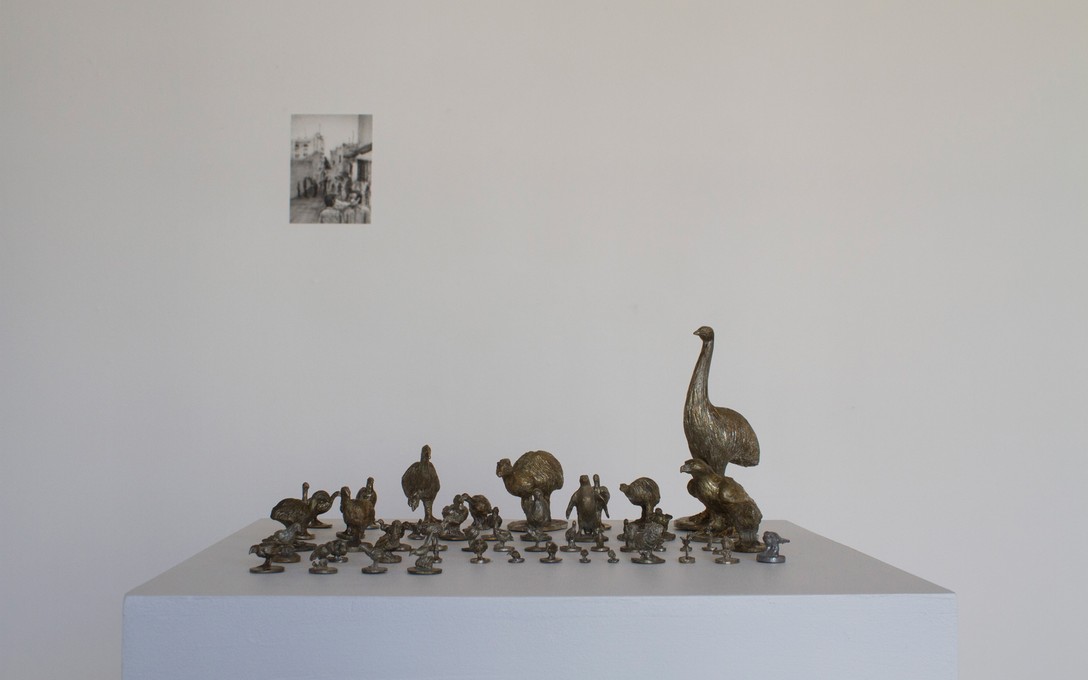
archived
23 Oct
–
16 Nov
2013
Jorge Satorre
"It is impossible to say what an individual is doing unless we have tacitly accepted the essentially arbitrary modes of interpretation that social tradition is constantly suggesting to us from the very moment of our birth. Let anyone who doubts this try the experiment of making a painstaking report of the actions of a group of natives engaged in some activity, say religious, to which he has not the cultural key. If he is a skilful writer, he may succeed in giving a picturesque account of what he sees and hears, or thinks he sees and hears, but the chances of his being able to give a relation of what happens, in terms that would be intelligible and acceptable to the natives themselves, are practically nil"
Edward Sapir quoted in Marvin Harris, The Rise of Anthropological Theory. A History of Theories of culture, (Walnut Creek, C: AltaMira Press, 1992) 571
Drawing on this statement by Edward Sapir along with the linguistic terms phonemic and phonetic, the missionary and linguist Kenneth Pike coined the terms Emic and Etic in the 1950s, as a hermeneutic contribution to the field of anthropology. An Emic analysis approach investigates the point of view of the natives or locals in a specific context. The Etic approach incorporates the opinion of an investigator or researcher based on local versions or discourses.
Mixing divergent points of view has been a guiding principle for Jorge Satorre’s work and with his first exhibition in New Zealand he has used them as a starting point to question his own methods; to analyse the implications of trying to understand a culture from the point of view of the visitor.
While in Mexico over the course of a year, Satorre researched and developed a series of works based on the inability to think objectively about the cultural context of New Zealand without knowing it first hand. Making evident his reductionist and naïve approach, the artworks created by Satorre have two of Aotearoa's cultural topos at their core: native birds and greenstone. The four chapters of this exhibition play with notions of scale, creating a combinatorial arrangement between general and particular relationships.
Emic Etic? is a partnership between Enjoy Gallery in Wellington and Artspace in Auckland. Similar works will be presented at both organizations simultaneously, having each exhibition configured differently as determined by the gallery space. Thus creating another gesture that exalts the implications of changes of scale, as well as the importance of specific contexts in the work of Jorge Satorre.
Read Natural and Social History: Jorge Satorre's Emic Etic? by Jon Bywater, published by Artspace NZ
View photos from the opening on Facebook
Curated by Caterina Riva, Claudia Arozqueta

Jorge Satorre, Emic Etic?, 2013. Image courtesy of Clare Callaghan.
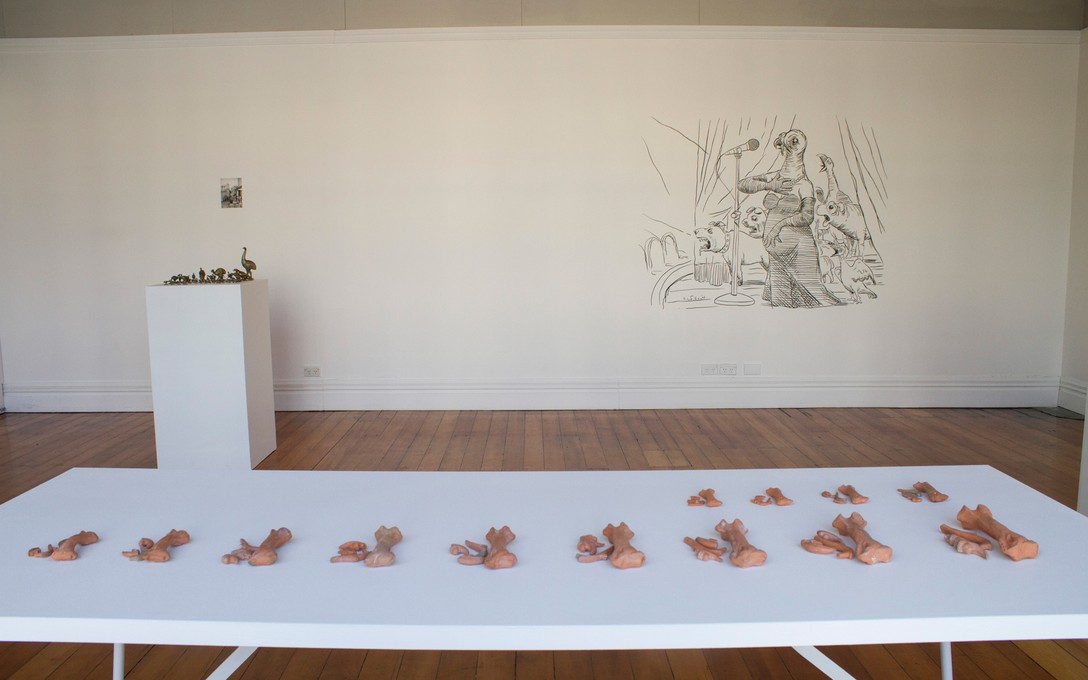
Jorge Satorre, Emic Etic?, 2013. Image courtesy of Clare Callaghan.

Jorge Satorre, Emic Etic?, 2013. Image courtesy of Clare Callaghan.
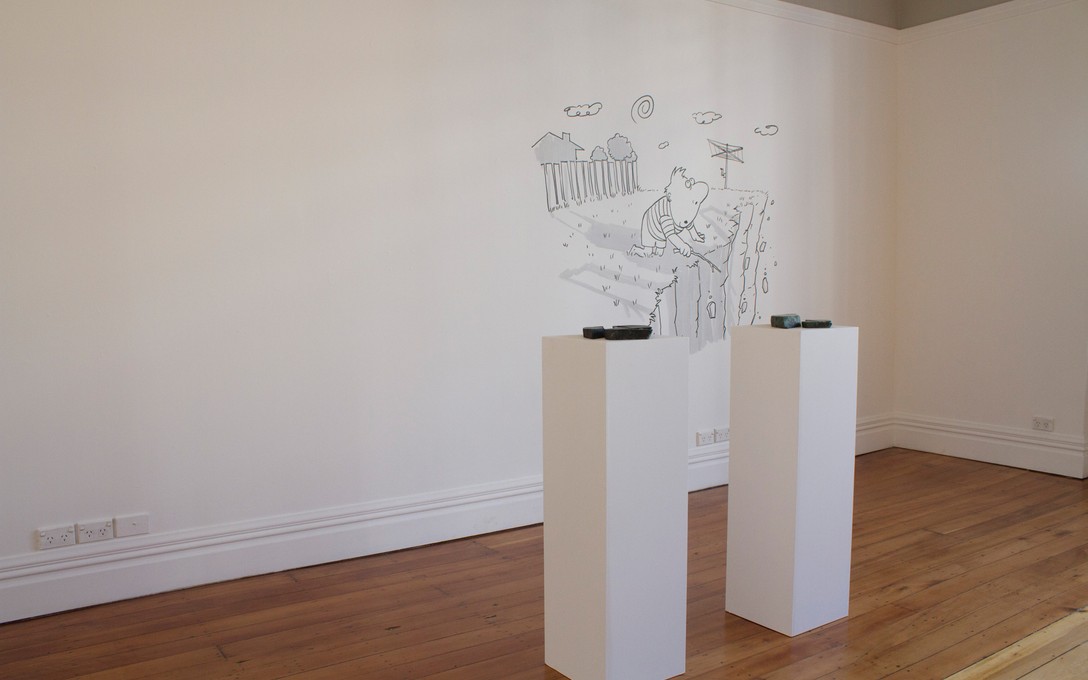
Jorge Satorre, Emic Etic?, 2013. Image courtesy of Clare Callaghan.
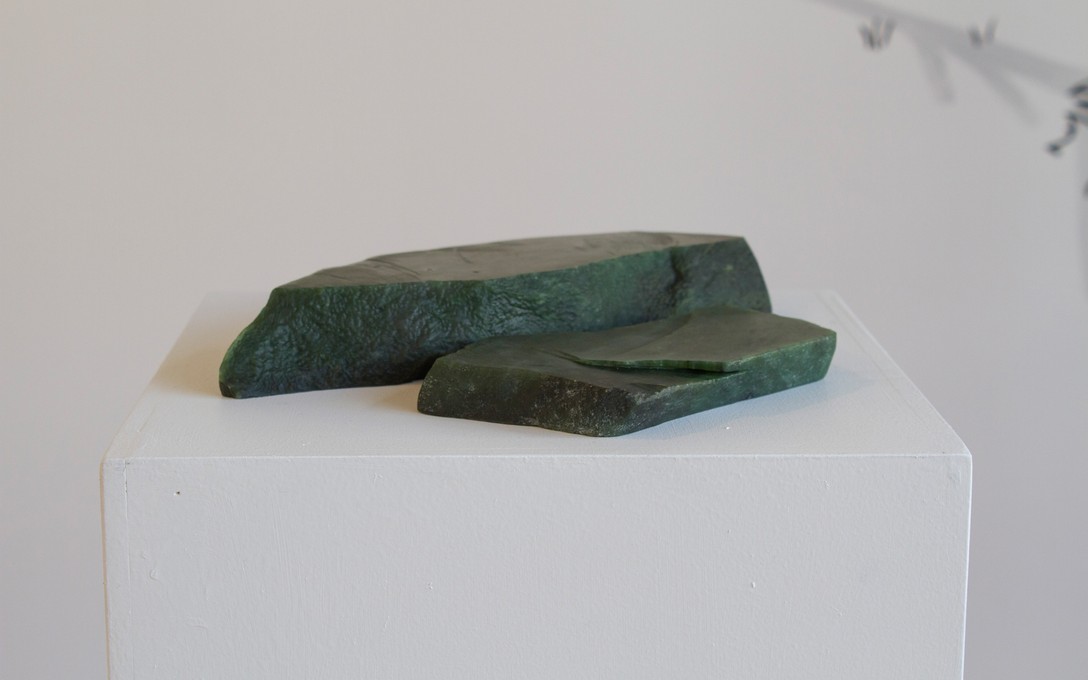
Jorge Satorre, Emic Etic?, 2013. Image courtesy of Clare Callaghan.
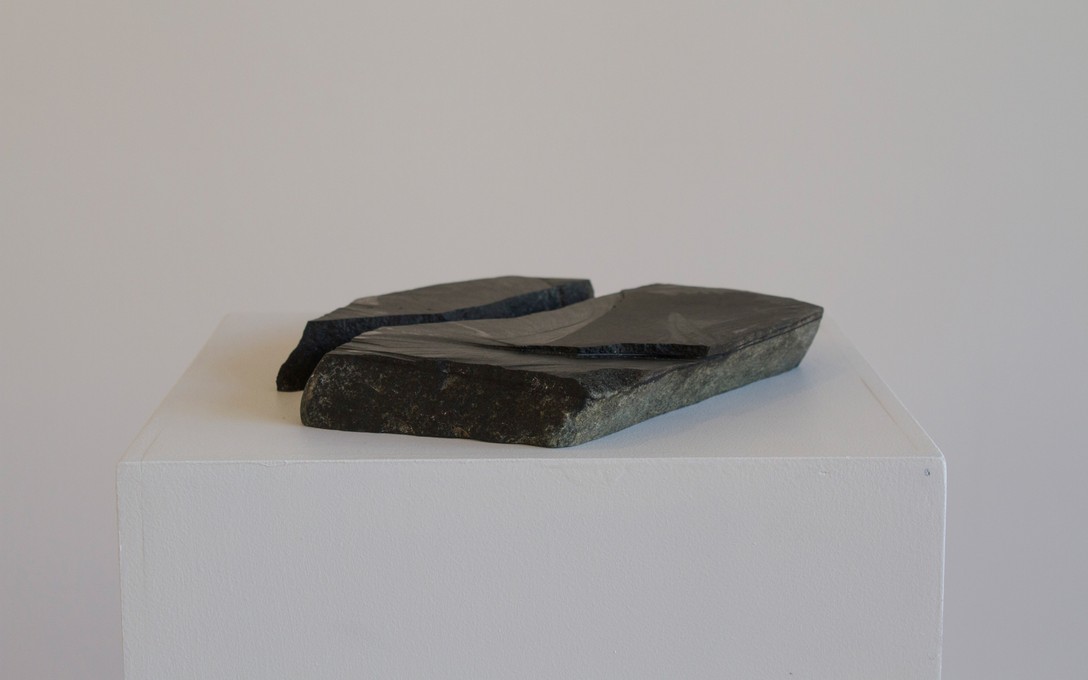
Jorge Satorre, Emic Etic?, 2013. Image courtesy of Clare Callaghan.
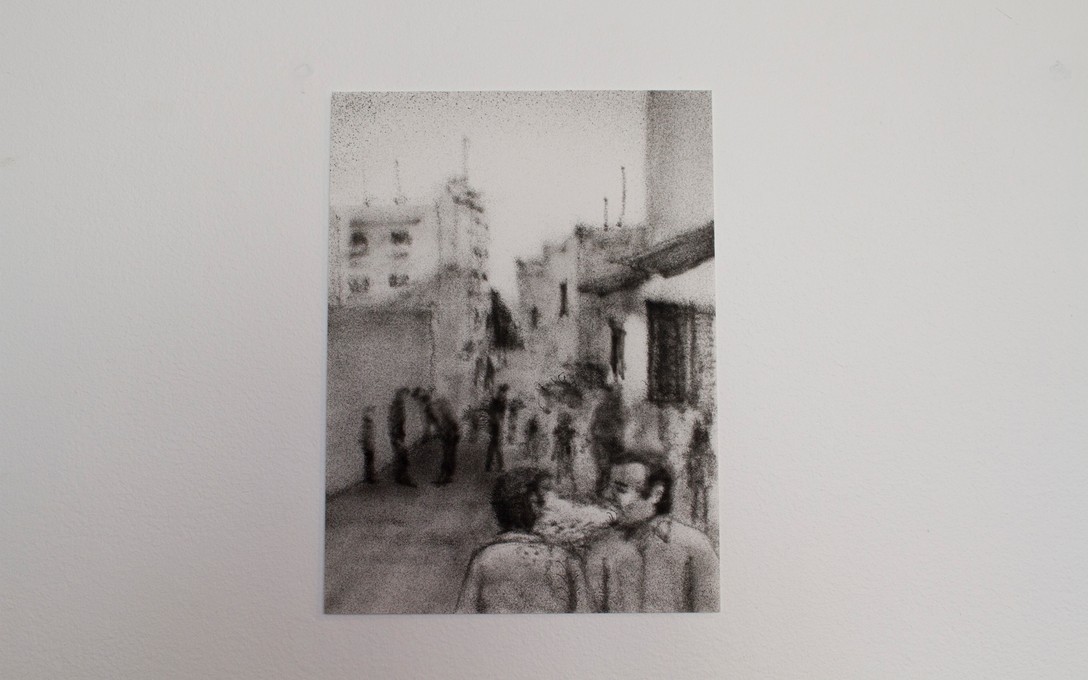
Jorge Satorre, Emic Etic?, 2013. Image courtesy of Clare Callaghan.
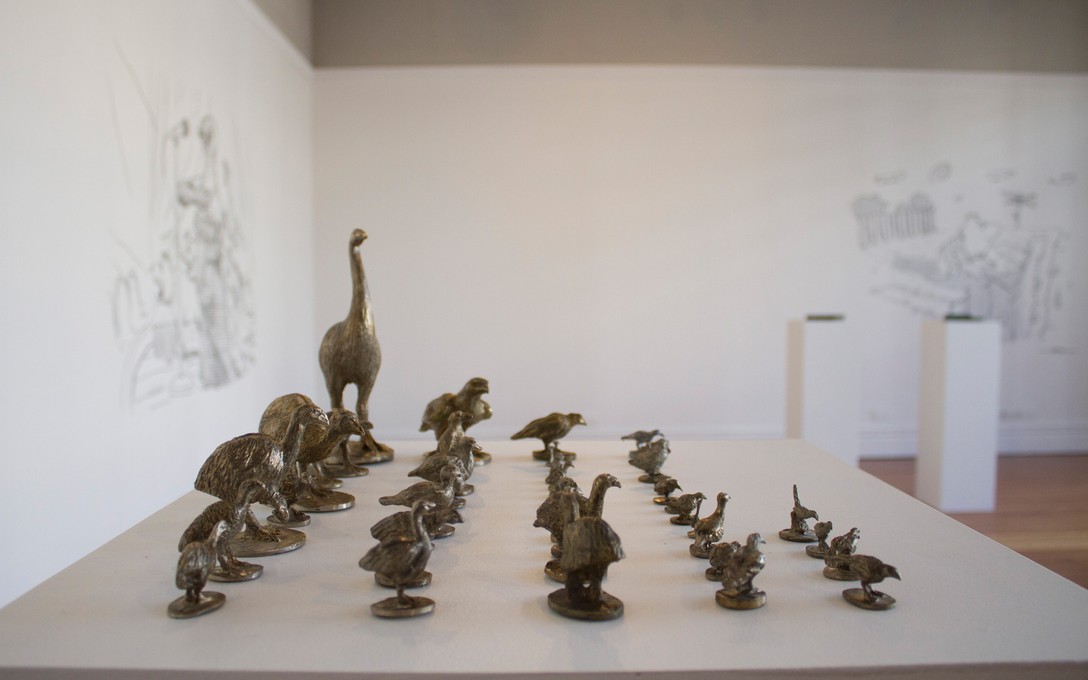
Jorge Satorre, Emic Etic?, 2013. Image courtesy of Clare Callaghan.
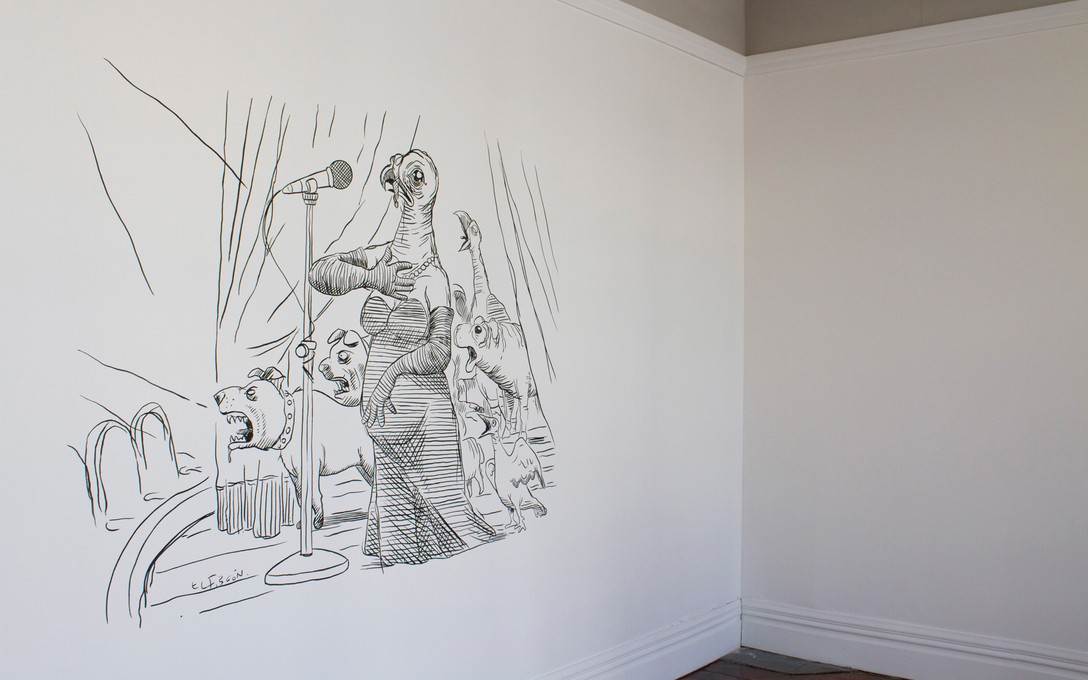
Jorge Satorre, Emic Etic?, 2013. Image courtesy of Clare Callaghan.
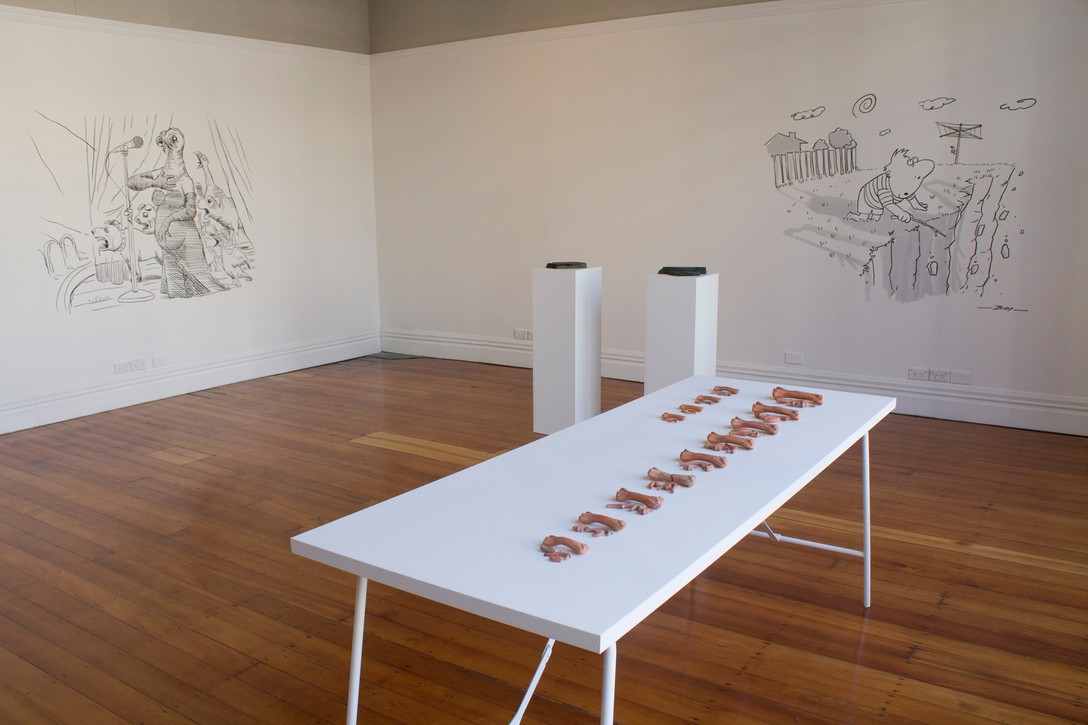
Jorge Satorre, Emic Etic?, 2013. Image courtesy of Clare Callaghan.
We gratefully acknowledge the support of The Embassy of Mexico, Alan & Christine Hedlund, Sonja & Glenn Hawkins, Jane & Neil Haines, Kriselle Baker & Richard Douglas, The Chartwell Trust, Xippas Gallery, Labor Gallery, Museo Experimental El Eco, The Film Archive, Bartley and Company Art, Massey University, and Beck’s Beer. Special thanks to El Fisgon, Guy Body, Joe Sheehan and Tim Melville Gallery.
